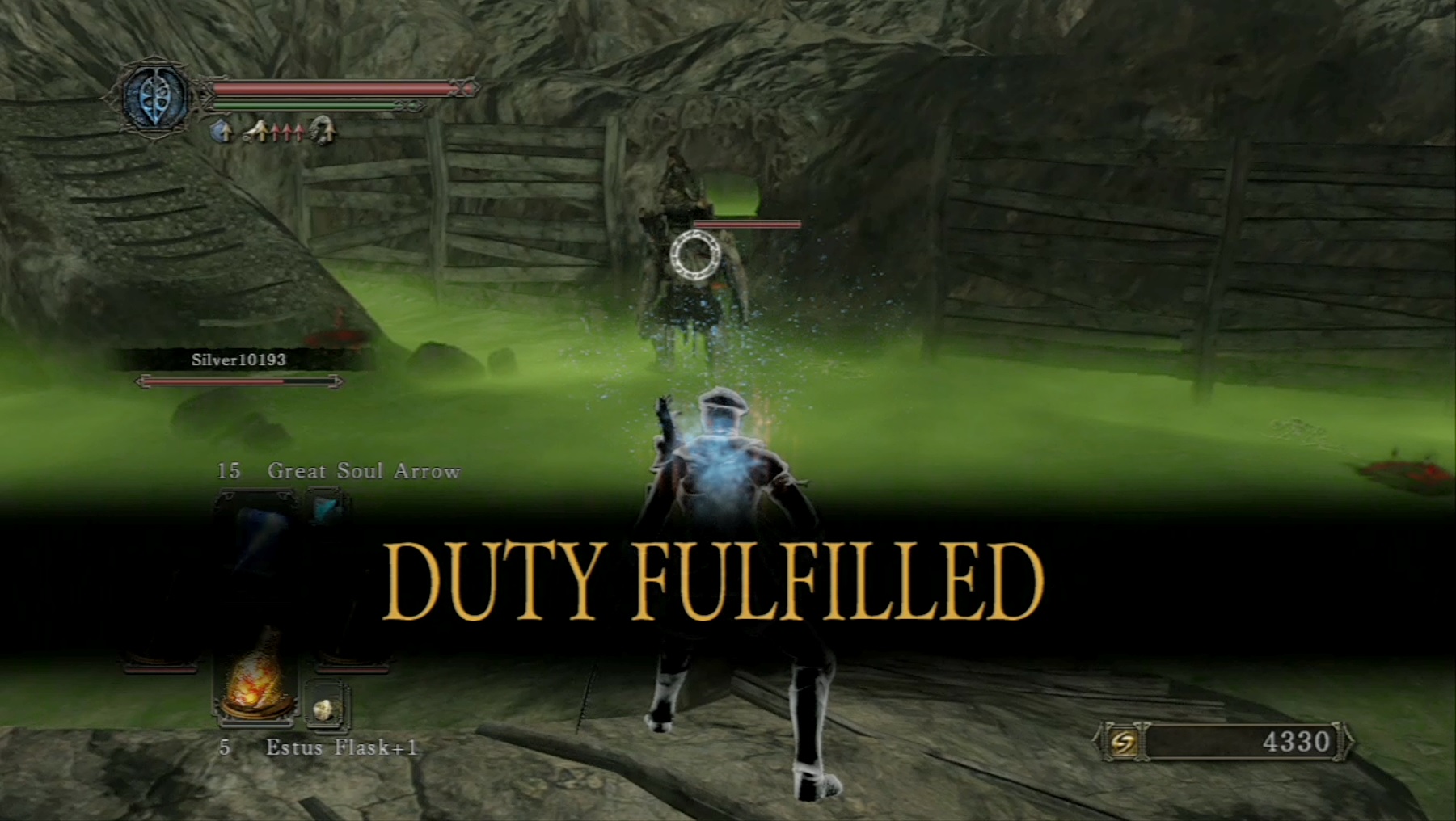The Soul Memory system in Dark Souls II fundamentally redefines how multiplayer matchmaking operates within the game, prioritizing the total Souls accumulated by players (referred to as Soul Memory) over traditional character levels. This approach creates a more dynamic and nuanced matchmaking experience. Here’s a detailed breakdown of this system and its implications for players.
Core Mechanism of Soul Memory
1. Soul Memory as Matchmaking Criterion: Unlike other entries in the Dark Souls series where character level often dictated matchmaking eligibility, Dark Souls II employs Soul Memory as the primary metric. Players are sorted into one of 45 tiers based on their total Soul Memory, allowing for connections with others who have comparable soul accumulation, which more closely reflects their overall experience in the game.
2. Tier System: The matchmaking system is stratified into tiers, where players can only interact with others within a certain range of Soul Memory tiers. This means that players may find themselves grouped with individuals of differing character levels if their Soul Memory aligns closely. This is particularly notable as it enables more experienced players with lower levels to potentially connect with high-level players if they share similar Soul Memory values.
3. Engagement with Name Engraved Ring: The introduction of items like the Name Engraved Ring enhances connectivity across different tiers. This ring expands the range of Soul Memory players can connect with, allowing for pairing with players several tiers below their own Soul Memory, which can facilitate a more robust multiplayer experience.
Objectives of the Design
1. Balancing Gameplay: One of the design intentions behind the Soul Memory system is to prevent high-level players from overpowering lower-level players during invasions or cooperative events. By focusing on a shared Soul Memory, the developers sought to create a balanced environment where the gameplay experience remains competitive and enjoyable for all players, regardless of their character level.
2. Elimination of NG Restrictions: Since patch 1.10, the matchmaking system has ceased to differentiate players based on their New Game (NG) cycle status, ensuring that all players are matched solely by their Soul Memory. This allows for a more consistent and unified multiplayer experience, although it also increases the potential for matchmaking fragmentation due to the differing soul accumulations that occur during various playthroughs.
Challenges and Criticism
Despite its intentions, the Soul Memory system has drawn criticism from various members of the community for several reasons:
1. Community Fragmentation: As players’ Soul Memories diverge—especially late in the game—the ability to find partners for summoning or invasions can become increasingly difficult. This fragmentation of the player base is a concern, as it may lead to prolonged matchmaking times or reduced multiplayer engagement.
2. Continual Soul Memory Growth: The mechanics surrounding Soul Memory mean that even in cooperative play, where players are working together to defeat bosses and enemies, their Soul Memory continues to increase. This poses challenges for maintaining connections with friends or familiar players, as their Soul Memory accumulation can quickly lead to mismatched tiers.
3. Balancing Act: While there are legitimate benefits to ensuring that players encounter others with similar progression, some gamers feel that the underlying system lacks flexibility and can lead to a diminishing perceived accessibility for multiplayer play as the game progresses.
Conclusion
In summary, the Soul Memory system in Dark Souls II offers a distinctive approach to multiplayer matchmaking, focusing on total accumulated Souls rather than mere character levels. While it aims to foster a balanced and engaging experience, it also introduces challenges related to community cohesion and accessibility. Balancing these elements remains a topic of discussion among fans as they navigate the intricacies of gameplay in Dark Souls II.




Leave a Reply